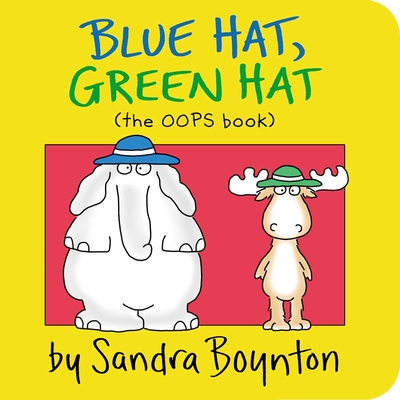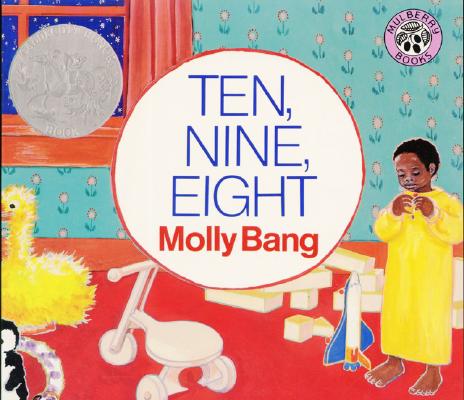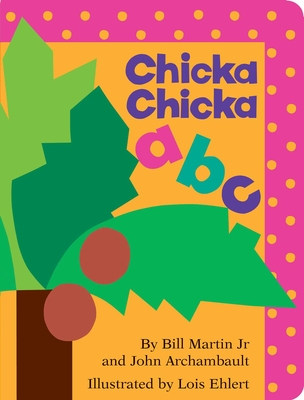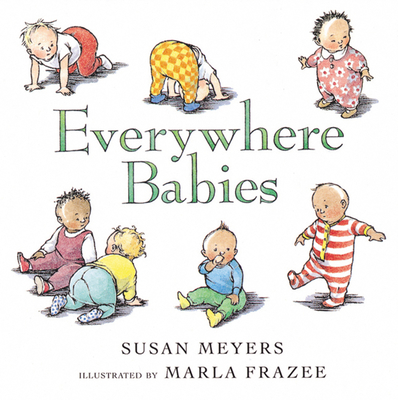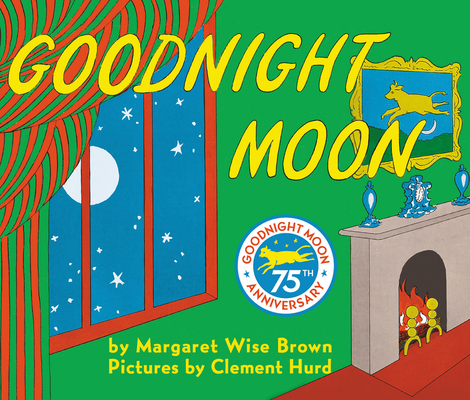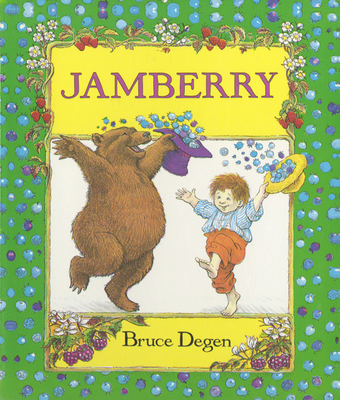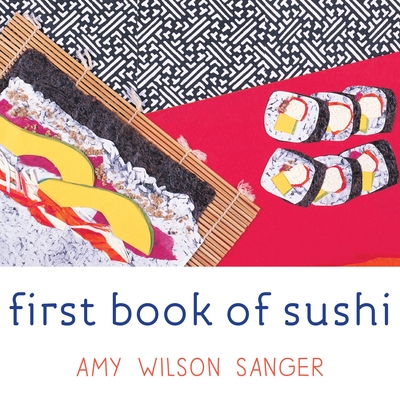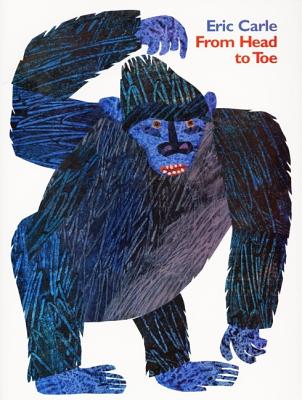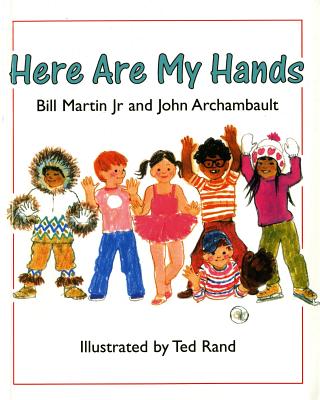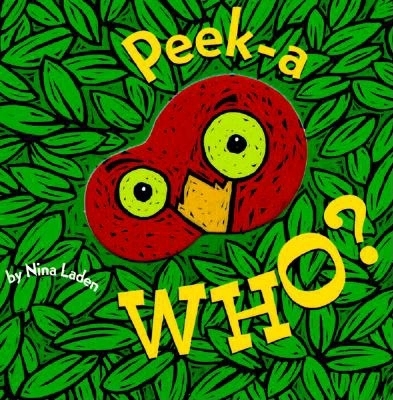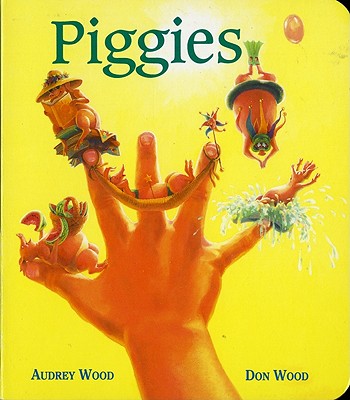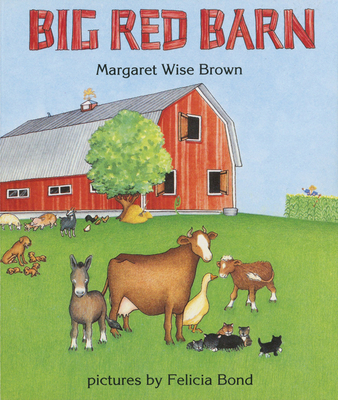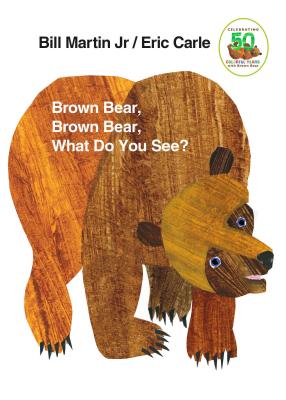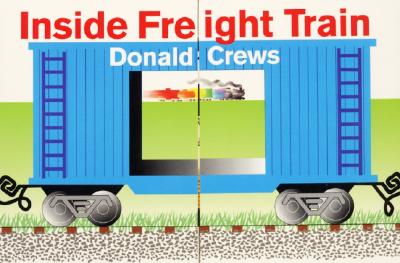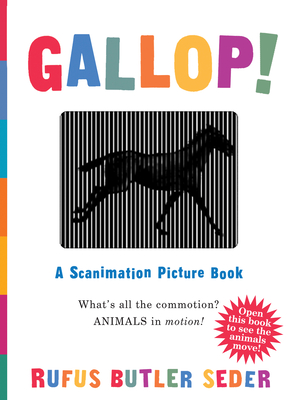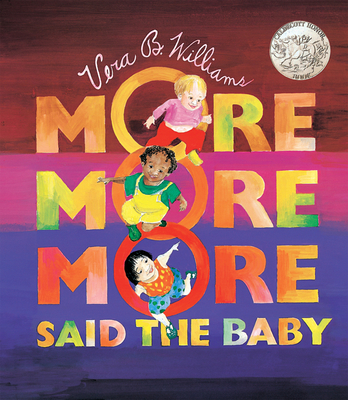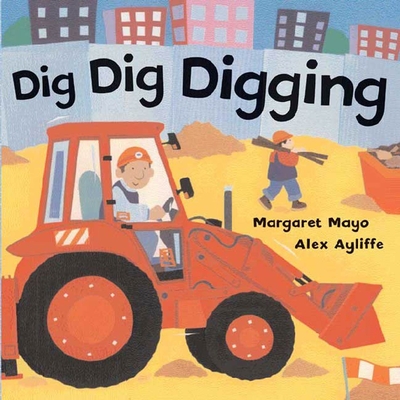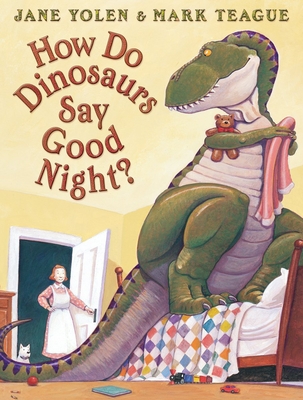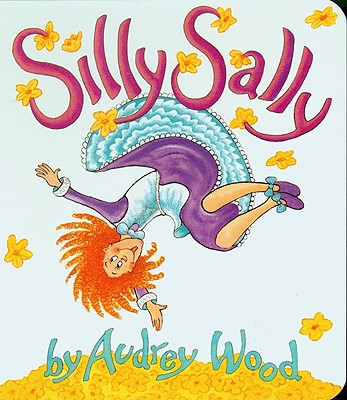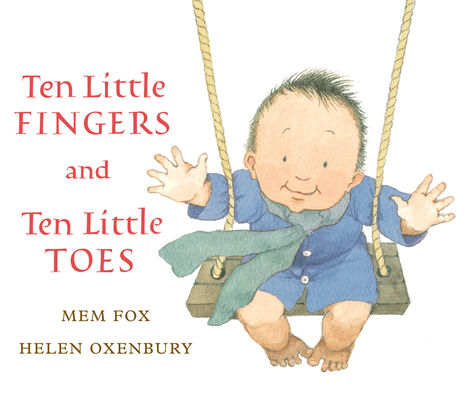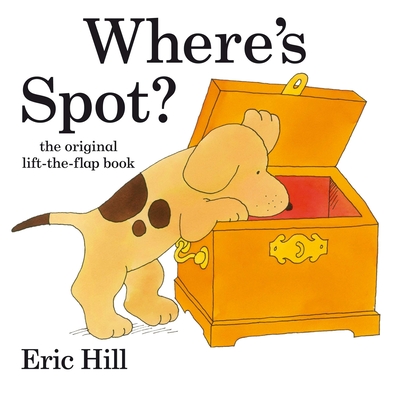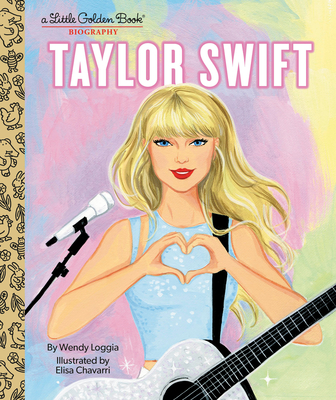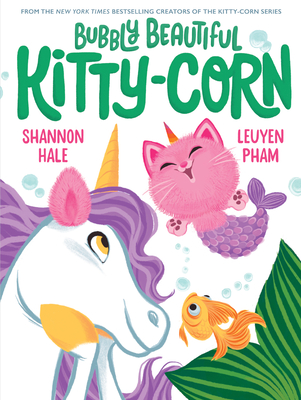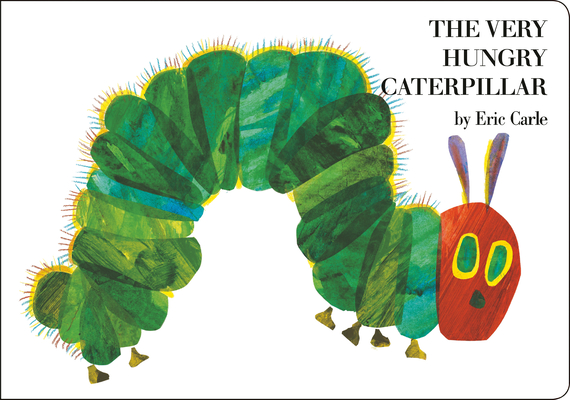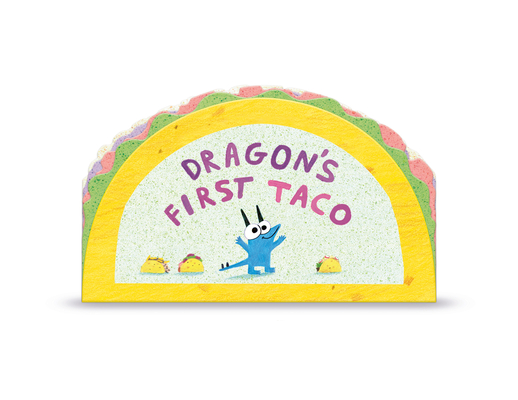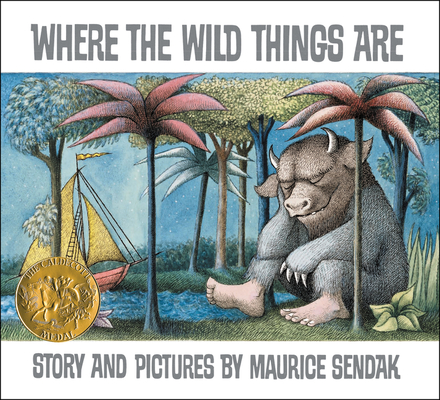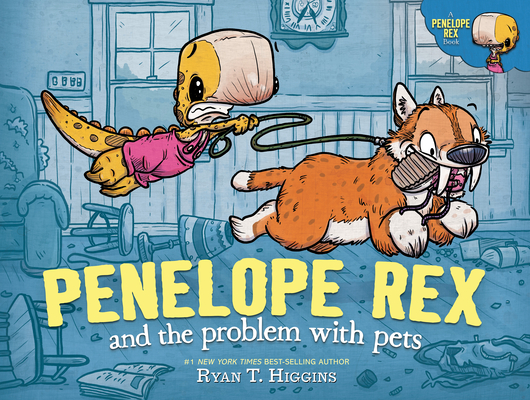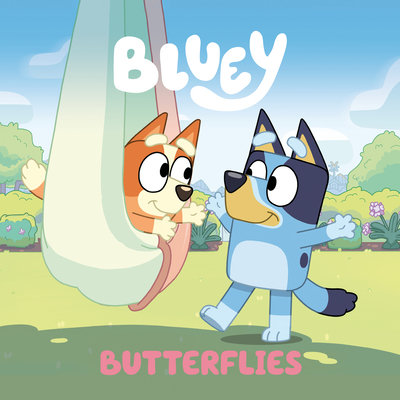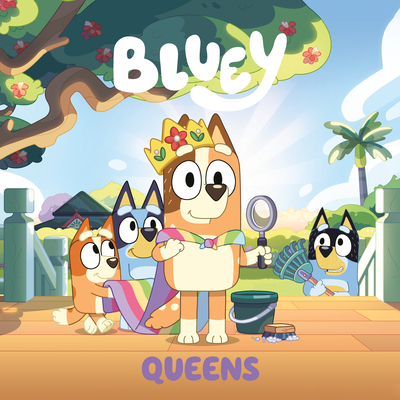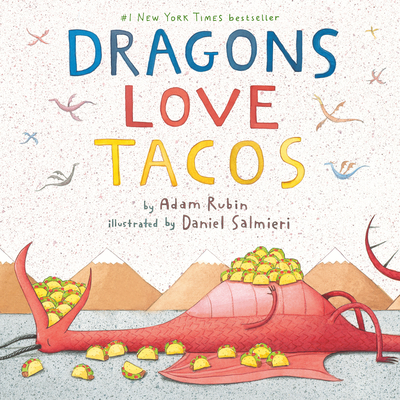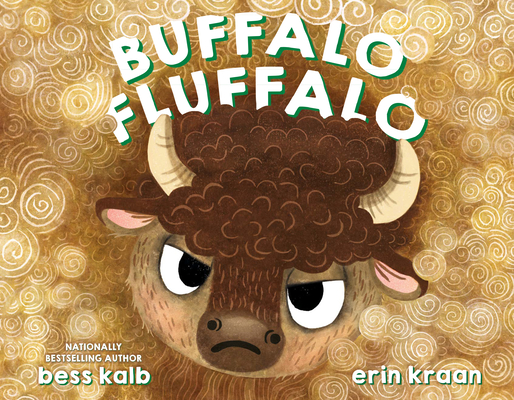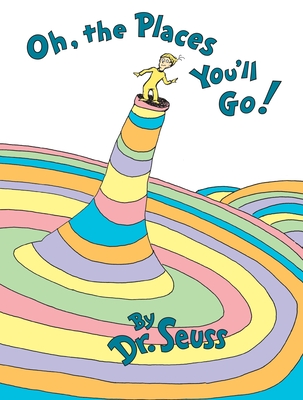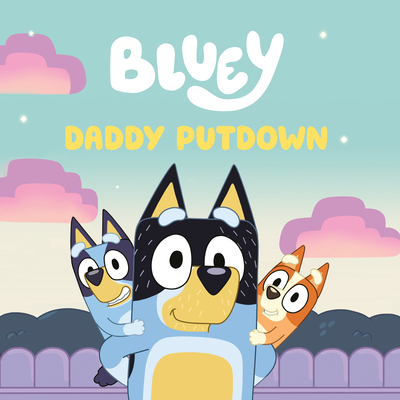Picture yourself doing this in Urdu, Czech, or Chinese: identify meaningful sound patterns, and gradually learn to copy the vocal sounds around you. Match these sounds to definable objects and actions, and practice your first words with appropriate intonation. (Remember, you’re working in Urdu, Czech, or Chinese.) With just a few months of practice, expand your vocabulary 200-fold, correct your pronunciation, and pick up a few idioms, too. Link and cluster your words into Urdu, Czech, or Chinese sentences, with pretty good syntax. Now, shape and stretch your sentences into tools for gathering information, expressing ideas, and understanding stories. Good! You’re up to the level of a 3-year-old — in any language.
The processes of a child’s language development deserve our respect and assistance. There’s so much for them to learn in those first 36 months. Academic skills like colors, numbers, and the alphabet are tiny and unimportant by comparison. And any child who doesn’t absorb basic language skills in the first three years is handicapped for life, because the brain moves on biochemically. After that, no tutor, therapy, medication or counseling can restore those birthright opportunities. The good news is that doing what parents do naturally with their children — talking, listening, loving, reading, singing, repeating — are exactly what a baby’s brain most needs to develop language.

TIPS FOR READING ALOUD
A child longs for the voice of a caring adult. Reading aloud and conversation are treasured parts of a healthy childhood and ones that stay with us life long. They also help build the neural pathways that are the biological structure underlying language.
A neural pathway allows the brain to recognize and reproduce sounds. The wider variety of sounds a child hears again and again, the more neural pathways develop. Both variation and repetition of sounds contribute to this development.
Reading slowly and with great expression – even exaggerated – draws the listener in. Hamming it up a bit is entirely in order.
Books — even books without words — are great links between adult and child. Pointing to pictures and saying words, developing little jokes around familiar pictures or silly words, asking questions (“What do you think the little boy will do next?” “What does the cow say?” “Can you show me the red shoe?”) all help the child use language and build language ability.



